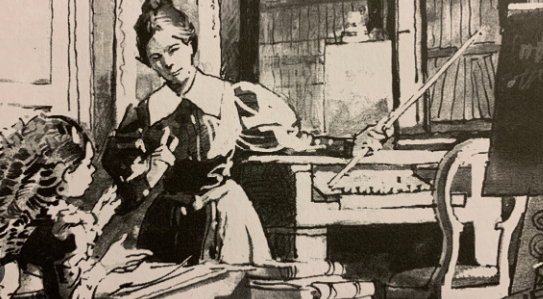Jane Eyre and the Role of Servants
The novel “Jane Eyre,” written by Charlotte Brontë, delves into the intricate dynamics of class, gender, and power through its diverse cast of characters, including servants. Understanding their roles adds depth to the narrative and illuminates social structures of the Victorian era. This article explores the significance of servants in “Jane Eyre” and how they inform our understanding of the protagonist and her world.
The Silent Backbone of the Household
In “Jane Eyre,” servants play crucial roles, often overlooked but essential to the functioning of a household. Characters like Grace Poole and the unnamed staff at Thornfield Hall highlight the intricate web of service and social hierarchy. While their voices may not dominate the narrative, their actions and statuses reveal a lot about the characters above them. Grace Poole, for instance, serves as both a caretaker and a gatekeeper, contributing to the eerie atmosphere of Thornfield. This understated but potent presence reminds readers that the lives of the wealthy are supported by those in service, and the power dynamics at play often go unchallenged.
Marginalized Voices and Hidden Stories
The servants in “Jane Eyre” are not just background figures; they possess their own stories and perspectives. Their marginalization reflects the societal norms of the time but also serves to critique those very structures. For example, Bessie, Jane’s nurse, represents the emotional bonds that can exist between classes, illustrating the complexity of these relationships. Her nurturing yet subordinate role emphasizes the interconnectedness of Jane’s upbringing and her growth. By showcasing these hidden narratives, Brontë urges readers to consider the humanity of all individuals, regardless of their social standing.
A Reflection of Class and Feminine Identity
The roles of servants in “Jane Eyre” also serve as a mirror for class struggles and the evolution of feminine identity in the Victorian era. The experiences of characters like Jane herself are contrasted with those of the servants, highlighting the societal constraints placed on women. Jane’s quest for independence and self-respect is underscored by the surveillance and judgment she faces from those in higher social standings. Meanwhile, the servants, while bound by their roles, often display their own forms of resilience and agency. This duality elicits empathy and provokes thought about class divisions and the societal expectations of women.
In conclusion, the significance of servants in “Jane Eyre” goes beyond mere background roles; they illuminate the complexities of class, gender, and identity in Victorian society. By examining these characters, readers gain a deeper understanding of the novel’s themes and the social dynamics at play. For anyone interested in exploring this rich narrative further, consider delving into the lives and stories of the servants in other classic literature as well. Understanding their experiences can provide fresh perspectives on familiar tales.
